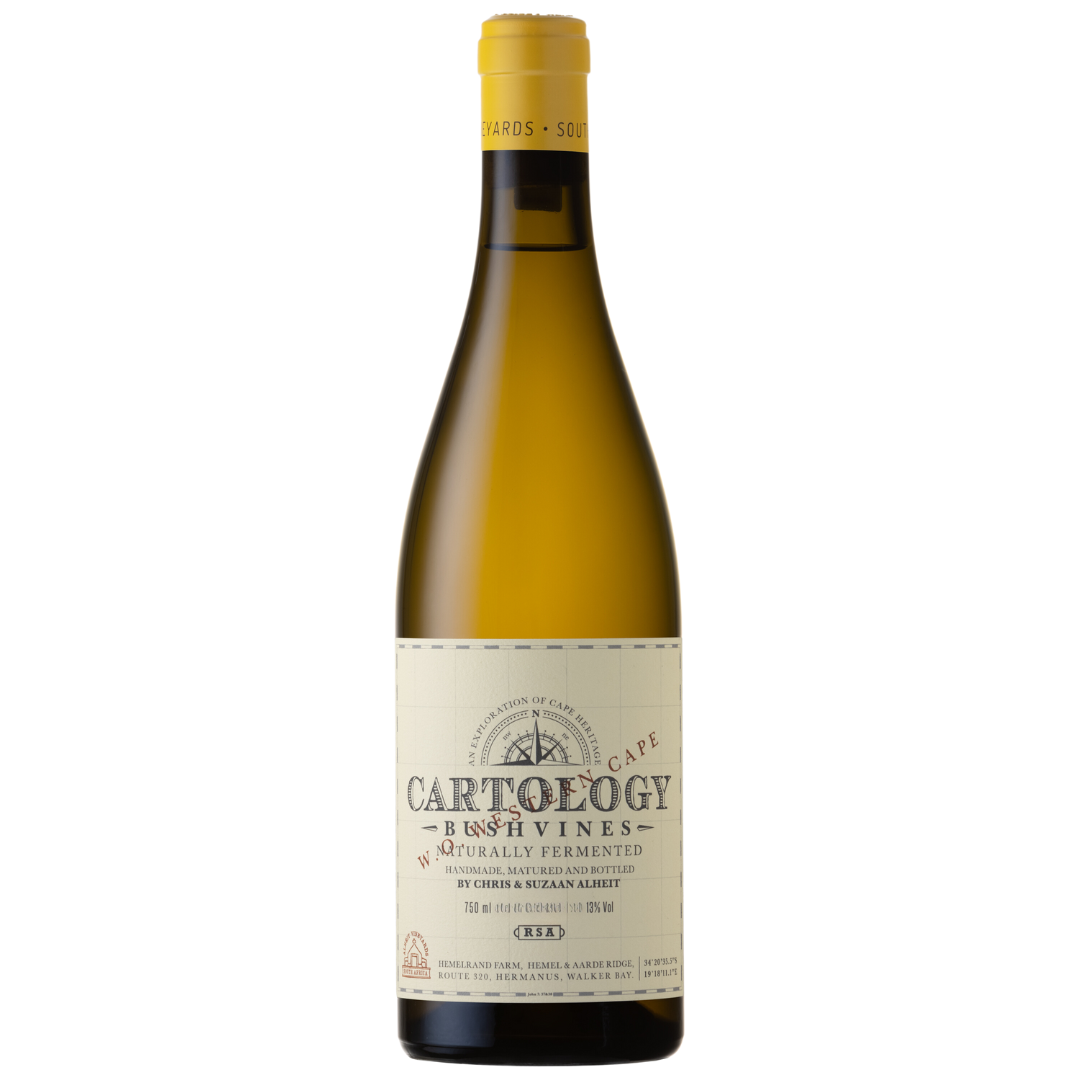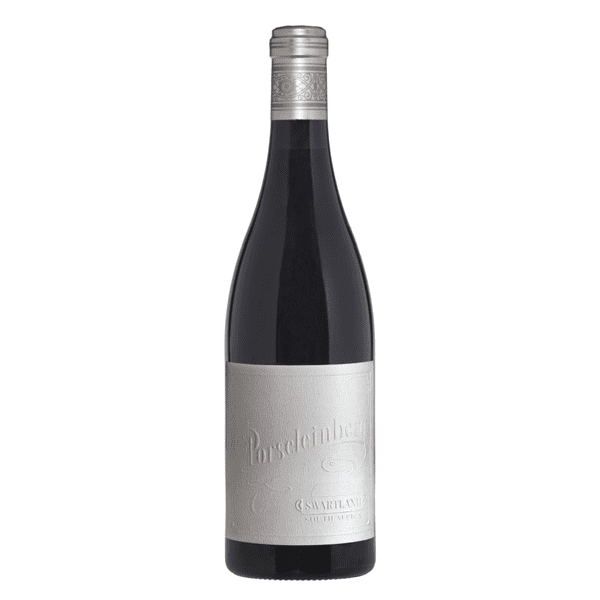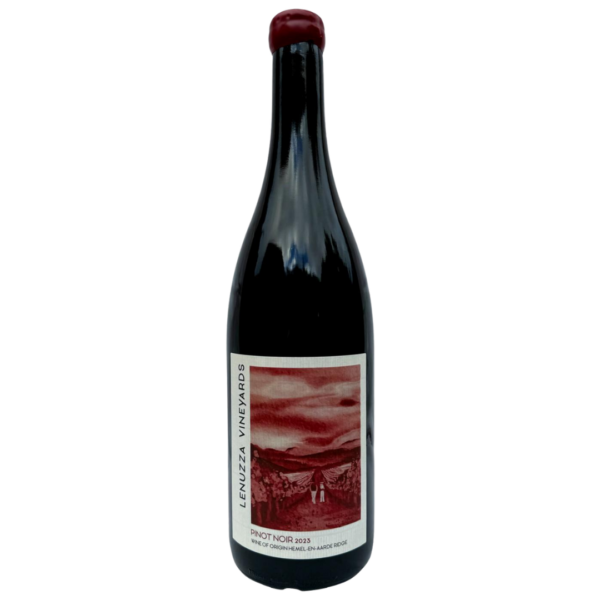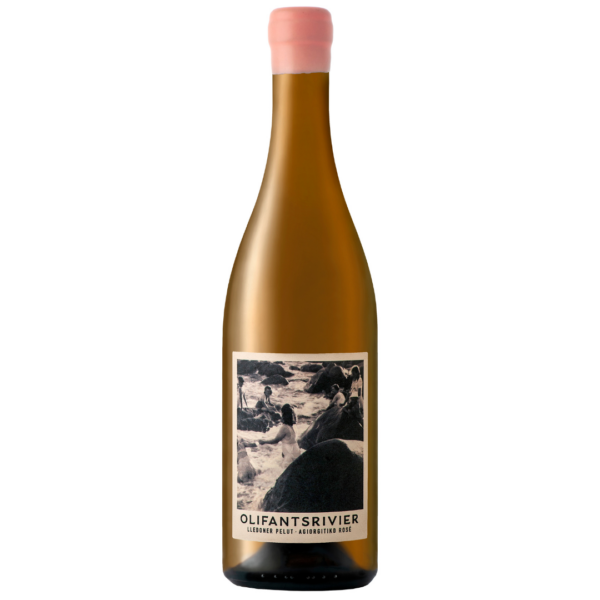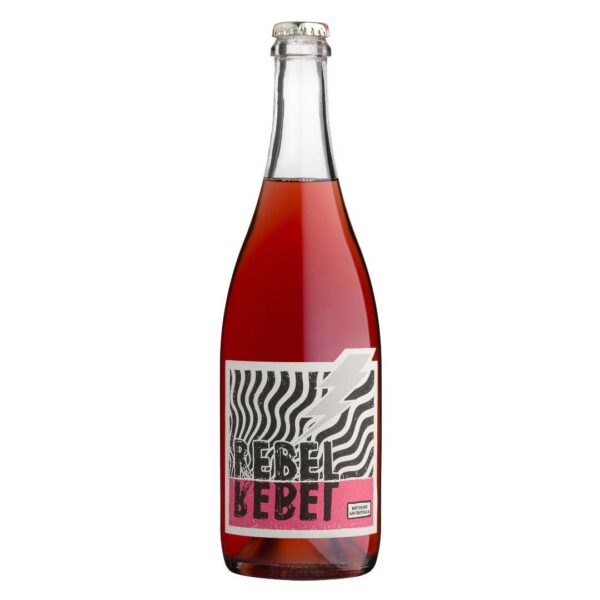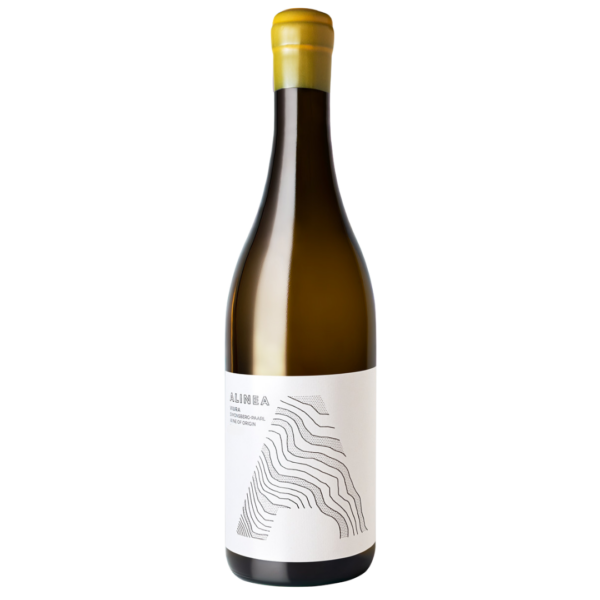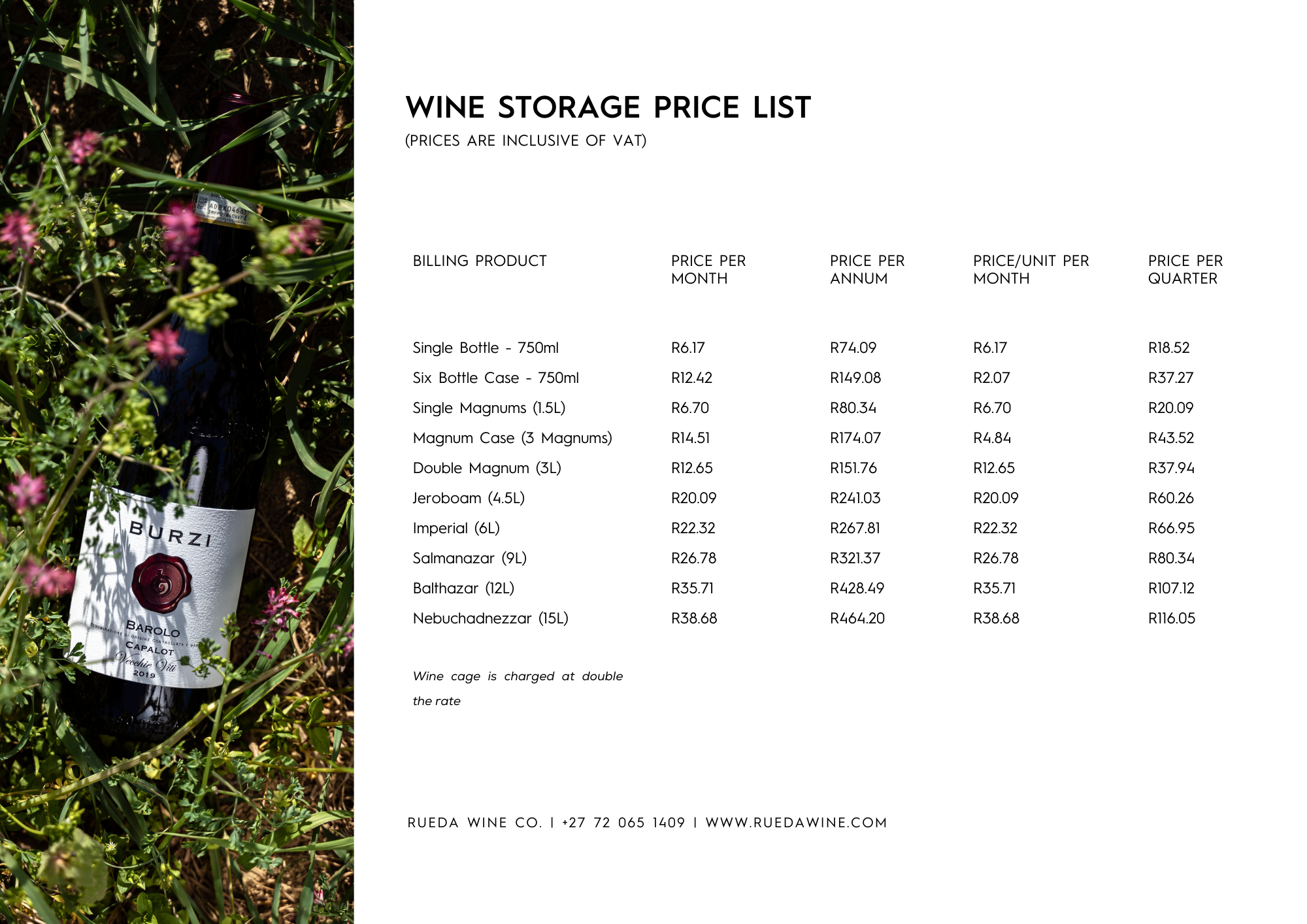Alheit Vineyards Cartology 2021
Alheit Vineyards Cartology 2021 – The nose is detailed and beautiful – ripe pear and sweet herbs, both citrus juice and rind. The palate is very pure and true, fine boned clarity, lovely proportions, no extra weight (unlike myself). This vintage shows good intensity and saline length. For me, the key word this vintage is purity. This wine is already drinking well in its youth, but will reward maturation. Winemaking and Maturation
R495
Out of stock
Out of stock
product description
Alheit Vineyards Cartology 2021
Cartology is a vinous exploration of Cape heritage. It’s intended to be a picture of the Cape seen through the lens of her old vineyards in a given vintage. The cuveé is composed of rare and extraordinary parcels of mature dryland bushvines, of heritage grapes.
Vineyards
As a rule, the Cartology parcels are dry farmed bushvines, with a minimum age of thirty five years, although most are between forty and fifty years old. Average yields for these parcels is around three tons/Ha or around 20hl/Ha.
Cartology 2021 is 90% Chenin blanc and 10% Sémillon. The Chenin comes from our parcels in the Skurfberg, Malmesbury, Perdeberg, Bottelary, Upper Blaauwklippen, False Bay and Tygerberg. The Sémillon comes from the old La Colline block in Franschhoek.
Winemaking and Maturation
The grapes were hand sorted and whole bunch pressed. The juice was very lightly settled (we like very cloudy raw juice) with no additions to the raw juice, wild fermentation took place in cement eggs, clay pots, foudres, or old barrels (various sizes). Fermentation of various parcels lasted anywhere between three weeks and eleven months. The wine was kept on lees for around twelve months, then rested in tank on fine lees without fining for a further five months prior to bottling. Very simple, careful winemaking.
Tasting Notes
The nose is detailed and beautiful - ripe pear and sweet herbs, both citrus juice and rind. The palate is very pure and true, fine boned clarity, lovely proportions, no extra weight (unlike myself). This vintage shows good intensity and saline length. For me, the key word this vintage is purity. This wine is already drinking well in its youth, but will reward maturation. Winemaking and Maturation
Technical Details
Varieties: 90% Chenin Blanc, 10% Sémillon
Alcohol: 13.11% RS: 1.46 g/litre TA: 5.63 g/litre pH: 3.35
Wine of origin: Western Cape
Production: 26 296 Bottles
Bottling: May 2022
The Name: Cartology means the study of maps or charts. It could not be a more perfect name for this wine. Not only because of our endeavours to search for and find these special old vineyards, but also because the wine itself can be seen as a vinous map or tapestry of the Cape.
| Country | |
|---|---|
| Producer | |
| Region | |
| Variety | |
| Vintage | |
| Volume | |
| Wine Type |
trackability
Once your order has been shipped, you will receive a tracking number via email. You can use this number to track your delivery status online directly through this link.
SHIPPING AND RETURNS
DELIVERY
Rueda Wine delivers nationwide. Please note that time frames are an estimate only and are not intended to be binding.
Our current storage charge will apply for all goods that have not been collected/delivered within 3 months of being available. It is the customer’s responsibility to ensure that the delivery address is entered correctly. Rueda Wine Co. will not be liable for loss, damage or expense caused by input errors.
REFUNDS AND RETURNS POLICY
Every effort is made to ensure that orders are fulfilled correctly. If, however, you do not receive exactly what you have ordered, we will gladly rectify the problem or provide a full refund at no extra cost
If you have any questions or concerns regarding our returns policy, please contact [email protected]
contact
If you need any support, our team is available to answer all your questions.
Do not hesitate to contact us, we are here for you.
+27 72 065 1409
[email protected]
Weekdays – 8am to 5pm

